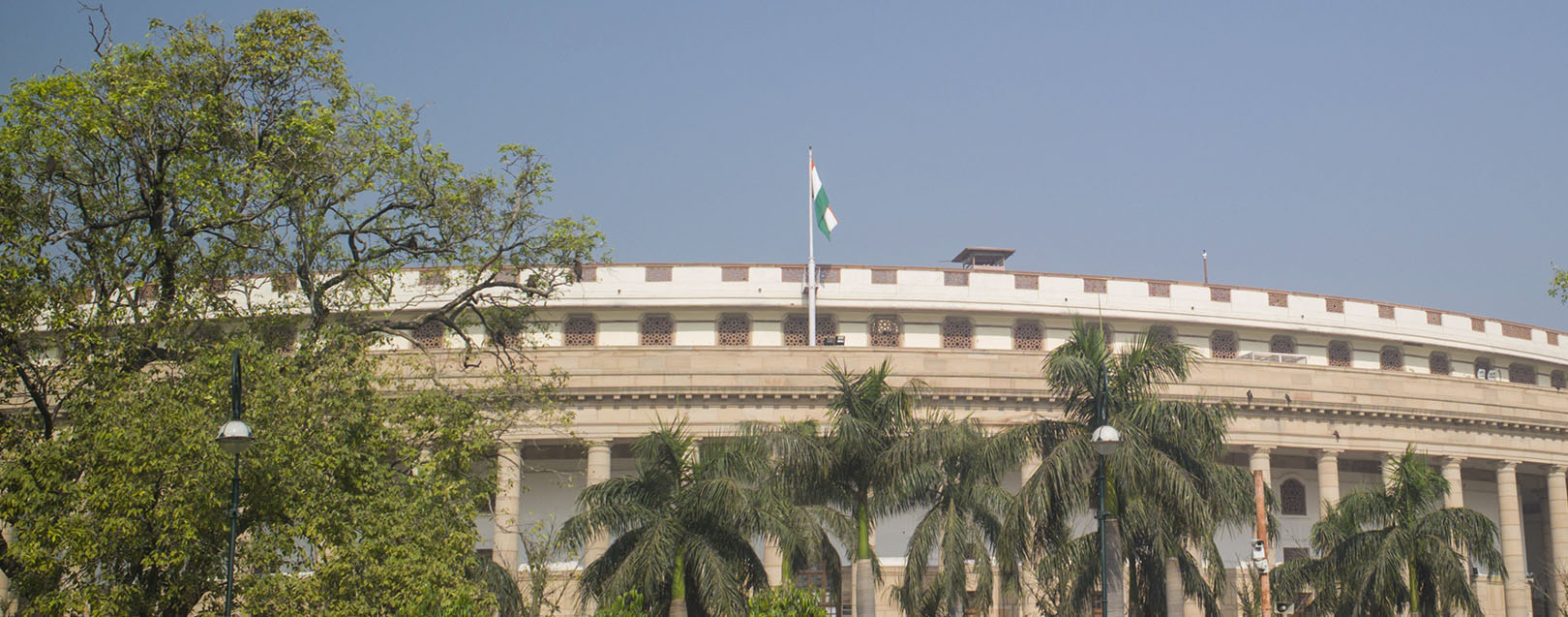
Goods and Services Tax: Progress made, concerns and the way forward
By Ranjeet Mahtani and Sweta Rajan
Draft GST laws
The Union Cabinet chaired by the Prime Minister has approved the Integrated GST, Central GST, Union Territory GST and GST Compensation bills on March 20, 2017. These four bills will now have to be passed by the Parliament. It is expected that the bills will be introduced in the Parliament early next week as a ‘money bill’ (note that the Rajya Sabha does not have the power to amend or reject money bills and is required to return it to the Lok Sabha within 14 days). Should the July 1, 2017 target for the introduction of GST in India be met, the Parliament will have to pass these bills before the end of the budget session (on April 12, 2017).
Earlier, on March 16, 2017, the GST Council had approved the draft State GST law as well. All States will have to introduce the draft law as a bill before the respective State legislatures. Given that all decisions relating to the model GST laws were taken by consensus at the GST Council (and not by voting), it is hoped that States will adopt the State GST law in letter and spirit, without substantial amendments, in keeping with the ‘one nation one tax’ objective of GST.
Prior to the introduction of GST, a fifth bill will also have to be introduced by the Parliament to amend the existing excise and customs acts for products which will remain outside the purview of the levies of GST (petroleum products).
Once the Parliament and the State legislatures pass the respective bills, the text of the law will be made available to the public at large. Should the GST regime be introduced w.e.f. July 1, 2017, the trade and industry will have minimal time to prepare for the transition. This is a concern that has been voiced while urging that September 1, 2017 should be fixed as the GST go-live date.
Constitution of GST Working Groups
The Ministry of Finance (MOF) has decided to constitute working groups to address certain sector specific concerns which require a closer look. The issues penned down in an office order (F. No. 349/36/2017-GST dated March 24, 2017) issued by the MOF, to be examined are:
- Services provided between establishments of same entity without invoice or payment in certain sectors with high volumes of transactions with operations spread on a country-wide basis;
- Compliance challenges for small and medium sector in an automated environment with end-to-end matching of invoices;
- Issues raised by sectors employing large work force and with vast disparity, e.g., textiles;
- Special regime in sectors with disproportionate high value with relatively lesser value addition and large number of job workers;
- Cascading due to the exclusion of certain products from the GST and commitments relating fiscal stability clause in Production Sharing Contracts;
- Issues due to existing abatements in transport sector together with compliance challenges;
- Critical infrastructure of the country;
- Exports, including value addition and manufacturing in domestic tariff area (DTA) for export /EOUs and SEZs;
- Government services to obtain clarity as to what constitutes a taxable supply for consideration.
The sectors for which working groups are being constituted are the Banking, Financial and Insurance, Telecom, Exports (incl. EOUs and SEZs), IT/ITES, Transport and Logistics, Textiles, MSMEs, Oil and Gas, Gems and Jewellery, and Government services. The working groups are expected to relook into the specified issues, interact with the key industry bodies / associations and suggest ways to overcome the concerns in a report to be presented to the MOF by April 10, 2017.
This will be the opportunity, for industry players to voice concerns directly to the MOF.
Deliberation on proposal of centralized assessment for service industries
As per the draft GST laws, service providers are required to be registered in every State from where services are provided. An option of centralized registration has not been provided, unlike in the present service tax law. Various industries (such as telecom, insurance, banking, IT etc.) along with Government departments voiced concerns over how a decentralised registration system of registration and assessment would prove to be a compliance nightmare for the service sector. For instance, today an insurance company hold a single centralised service tax registration and filed two returns annually. Under GST, an insurance company will have to obtain registration in every State where it provides insurance services, and file thirty seven returns per State annually. Considering these representations, the GST Council is deliberating on the proposal of centralized assessment interface for such service industries. This will potentially reduce the compliance burden on taxpayers operating in these industries.
GST on petroleum products and land
The Finance Minister in the Rajya Sabha yesterday said that the Government is keen to roll out the GST on July 1, 2017. Therefore, the other aspects such as inclusion of petroleum products and land within the ambit of GST will be considered after the first year of implementation of GST.
1% TCS on e-commerce transactions
The draft GST law as approved by the Cabinet contains a provision requiring 1% tax collection at source (TCS) by all e-commerce operators, who operate or manage electronic platforms for e-commerce, from suppliers who use their platform for supplies of goods and/or services. This provision in the draft law has raised concerns as also applause. On one hand, e-commerce operators have expressed that this provision will increase onus, compliance burden and costs on e-commerce operators, since hitherto, e-commerce operators only acted as service providers to suppliers / sellers.
On the other hand, certain large vendors have welcomed this provision. The prices quoted by large vendors are often much higher than those quoted by smaller vendors since large vendors factor in tax costs, whereas many smaller vendors escape tax by depicting that they are under the threshold for registration and tax payment. With this provision, such smaller vendors will be brought out of the woodwork, and will have to be tax compliant, making the prices of large vendors more competitive.
The GST Council has capped TCS at 1%. It was represented that a benign rate should be prescribed to ensure that there is no accumulation of credit in the hands of the suppliers. Whether 1% is benign or not is debatable.
The TCS provision will not increase the incidence of tax on customers since suppliers will be entitled to avail credit of the tax paid to e-commerce operators.
Next steps
Having approved all GST related draft legislations, the GST Council has two more crucial responsibilities, viz. the classification of goods and services across the agreed 5-slab rate structure (popularly known as fitment), and the approval of rules and regulations regarding composition scheme, transition, input tax credit and valuation. The latter is expected to be done during the next GST Council meeting on March 31, 2017, while the former (fitment) will be taken up in the new financial year.
With the transition date of July 1, 2017 looking realistic, the crucial concern that remains is: Will trade and industry be prepared for the transition to GST on July 1, 2017? It is imperative to highlight that GST preparedness involves various steps for an effective transition including carryout out an extensive impact study of the GST laws (the final version of which is yet to be passed and will be released in public domain once passed), realignment of business models and potential renegotiation of contracts with vendors and suppliers, all in a short span of two to three months.







 to success.
to success.